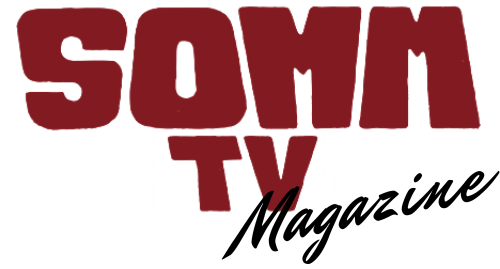The Via Chiantigiana (or SR 222) is one of the most picturesque roads in the Tuscany Region. It traverses rolling hillsides dotted with vineyards, olive groves, and restored farmhouses. Spanning roughly 42 miles between Florence and Siena, it takes about an hour and a half to drive. Thousands travel the route each year, marveling over the scenery. It also offers a plethora of choices to experience and taste what the region is known for, Chianti Classico wine. The Via itself is relatively straight. But the tale about what it has to do with a black rooster on bottles of Chianti Classico wine is anything but linear.
Preparing To Ride at Dawn
In the Middle Ages, the Via’s stretch of land bore witness to years of bloody battles between the Republic of Florence and Siena. They called a truce in the 13th century and decided on an unusual competition to determine the border. From the competition, the legend of the black rooster was born and became the defining symbol of Chianti Classico producers.
It was agreed that two knights would ride out at dawn, both awakened by the crow of a rooster. One knight would ride south from Florence and the other north from Siena. The point on the Via Chiantigiana where the two met would determine the border.

The Sienese selected a white rooster for the competition. In the days leading up to the ride, they ensured the rooster enjoyed many comforts, including a cozy coop and regular feedings. They theorized a happier rooster would lead to a louder crow, ensuring the rider from Siena was alert and on the road early.
The Florentines, on the other hand, adopted the opposite approach. They chose an already underfed black rooster and kept it uncomfortably caged and unfed.
The Rooster Crows
Race day arrived, and the black rooster in Florence, no doubt famished and desiring to be freed from the cage, started crowing before daybreak. Meanwhile, the sated rooster from Siena slept well and crowed long after the break of dawn.
Given the significant head start, the rider from Florence covered more territory. Legend has it, the knights met on the road just a few miles outside of Siena, thus establishing the border near Fonterutoli.
The Symbol of Chianti
Having established majority rule over the Chianti Classico territory, the Florentines adopted the black rooster as their symbol for the region. Artist and writer Giorgio Vasari painted a black rooster on the ceiling of the Palazzo Vecchio. The Lega del Chianti, a Florentine political and military institution, adopted the emblem of the black rooster in 1384.
Chianti Classico and the Black Rooster Label
The black rooster – or “Gallo Nero” – marks every qualified wine by the Chianti Classico Consortium. The Consortium, formed in 1924, regulates the authenticity and quality of DOCG wines by administering yearly tastings by licenses government officials.
In addition, the Consortium regulates the content and pricing of Chianti Classico wines. It also confirms its members’ grape varieties and yields annually before issuing the black rooster seal.










